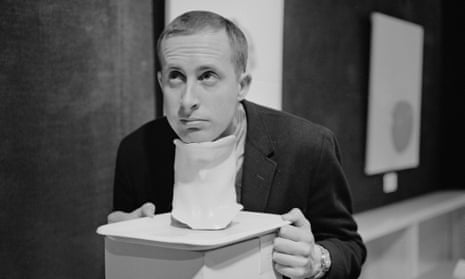Pioneering New Zealand artist Billy Apple has died overnight, aged 85.
The irreverent Auckland-raised artist, born Barrie Bates, was a major contributor to the pop art and conceptual art movements.
Apple was based in New York during pop art’s 1960s heyday, exhibiting alongside icons Andy Warhol, Jasper Johns and Roy Lichtenstein.
The former Auckland Art Gallery director, Rhana Devenport, described Apple as “New Zealand’s foremost conceptual artist” and his work as “ground-breaking”.
“Apple’s unique art investigations have crossed over into the realms of design, advertising, collecting, science, mathematics and economics, philanthropy, consumerism and more,” she said at the opening of a major 2015 exhibition of his works.
Robert Leonard, a contemporary art curator and writer, said Apple was “a huge loss to New Zealand art. Not only was he a brilliant artist who continued to make surprising, important work for some 60 years, he was part of the fabric of our art scene.
“He was at every opening, thinking, talking, living the art life. Apple is remembered for the catchphrase, ‘The artist has to live like everybody else.’ But he was exceptional. He lived like no one else.”
As a young man, Bates moved to London to study at the Royal College of Art, befriending David Hockney.
Upon graduating, he opted for the Billy Apple moniker, a name he would later trademark.
He then moved to New York, opening an art space and exhibiting widely in the alternative art scene.
London’s Serpentine gallery hosted a major survey of Apple’s works in 1974 and he continued to work in New York until 1990, when he returned to Auckland.
His works have been exhibited in the Guggenheim Museum in New York, the Philadelphia Museum of Art and Wellington’s Te Papa.
